Model Context Protocol (MCP) finally gives AI models a way to access the business data needed to make them really useful at work. CData MCP Servers have the depth and performance to make sure AI has access to all of the answers.
Try them now for free →Analyze Google Sheets Data in Infragistics Reveal
Use the CData API Server to create an OData API on top of Google Sheets data and visualize live Google Sheets data in Ingragistics Reveal.
Reveal is a data visualization solution provided by Infragistics and can be paired with the CData API Server and Google Sheets ADO.NET Provider to build dynamic dashboards from live Google Sheets data. The CData API Server generates an OData API for Google Sheets, which is natively consumable in Reveal. In this article, we walk through connecting to Google Sheets in API Server and connecting to the API Server from Infragistics Reveal to create a simple dashboard.
Connect to Google Sheets from API Server
CData API Server uses a straightforward, point-and-click interface to connect to data sources and generate APIs.
- Open API Server and click Settings -> Connection -> Add Connection
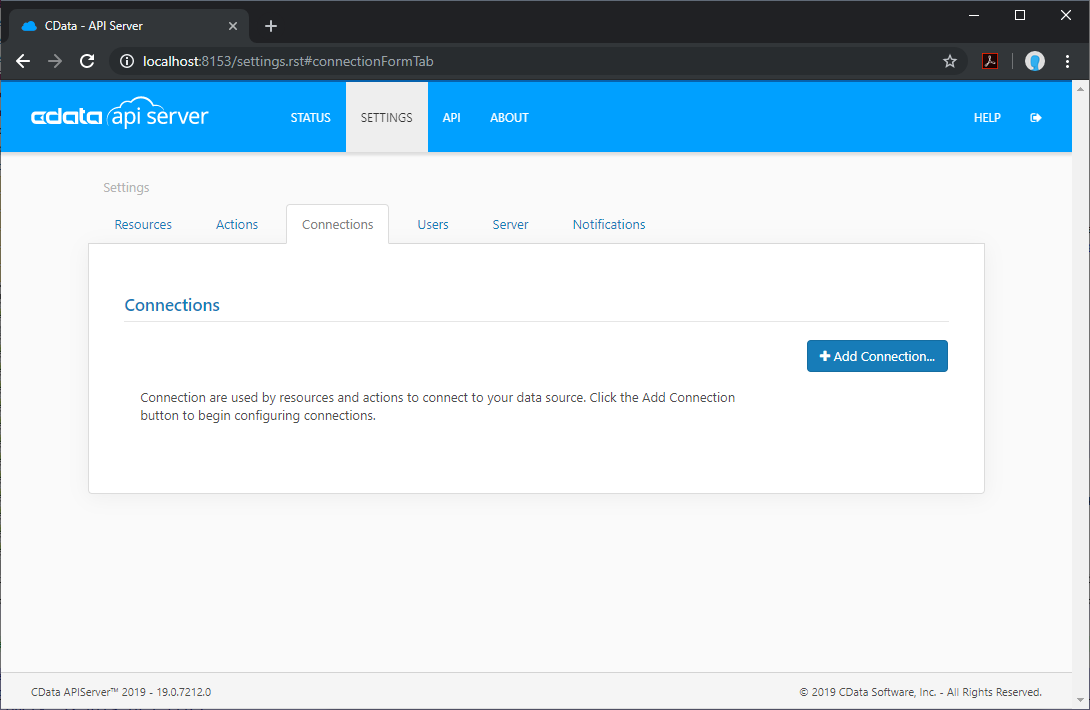
- Select "Google Sheets"
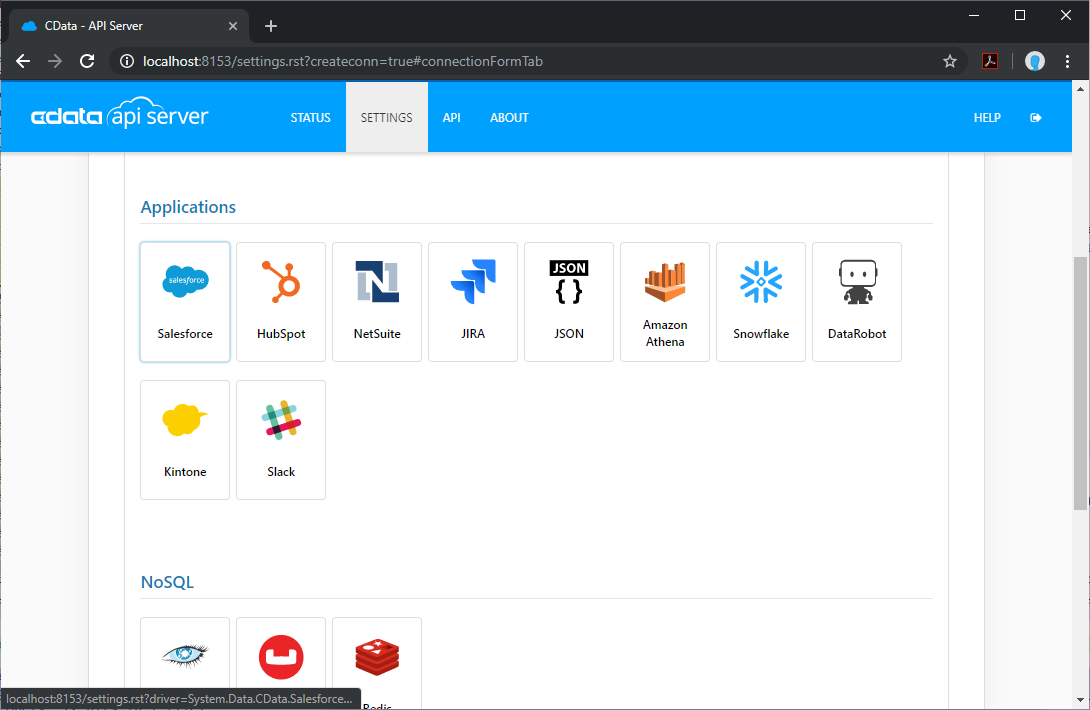
- Enter the necessary authentication properties to connect to Google Sheets.
You can connect to a spreadsheet by providing authentication to Google and then setting the Spreadsheet connection property to the name or feed link of the spreadsheet. If you want to view a list of information about the spreadsheets in your Google Drive, execute a query to the Spreadsheets view after you authenticate.
ClientLogin (username/password authentication) has been officially deprecated since April 20, 2012 and is now no longer available. Instead, use the OAuth 2.0 authentication standard. To access Google APIs on behalf on individual users, you can use the embedded credentials or you can register your own OAuth app.
OAuth also enables you to use a service account to connect on behalf of users in a Google Apps domain. To authenticate with a service account, register an application to obtain the OAuth JWT values.
See the Getting Started chapter in the help documentation to connect to Google Sheets from different types of accounts: Google accounts, Google Apps accounts, and accounts using two-step verification.
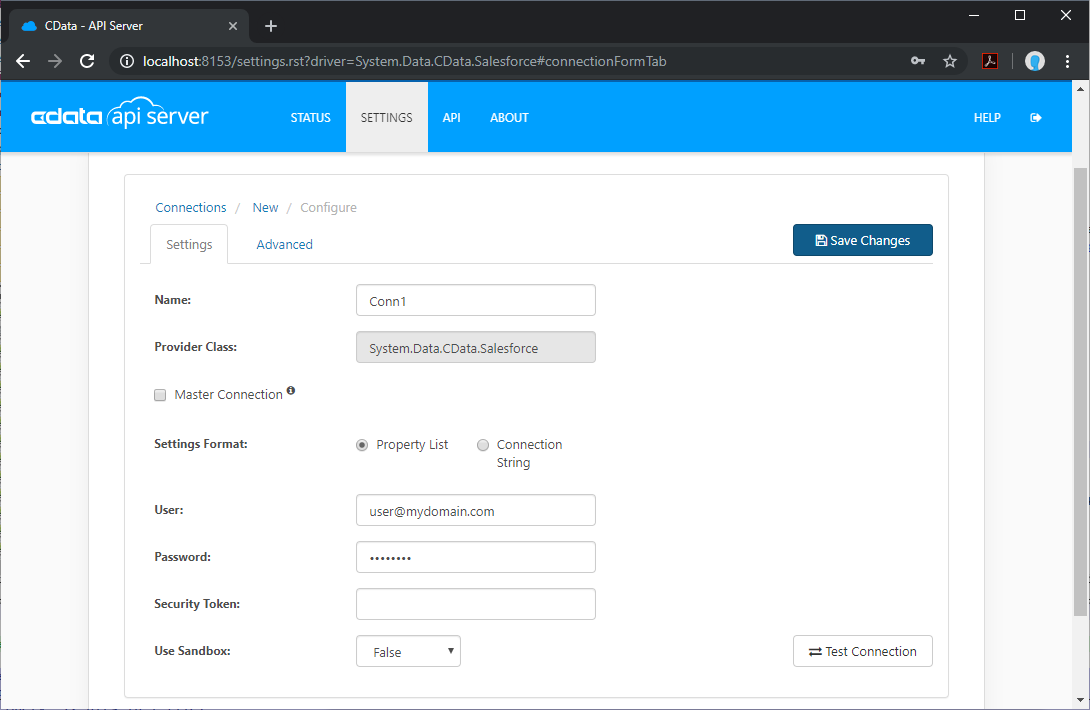
Add Google Sheets Resource Definitions in API Server
After connecting to Google Sheets, create Resources, which represent API endpoints for Google Sheets data.
- Click Settings -> Resources -> Add Resource
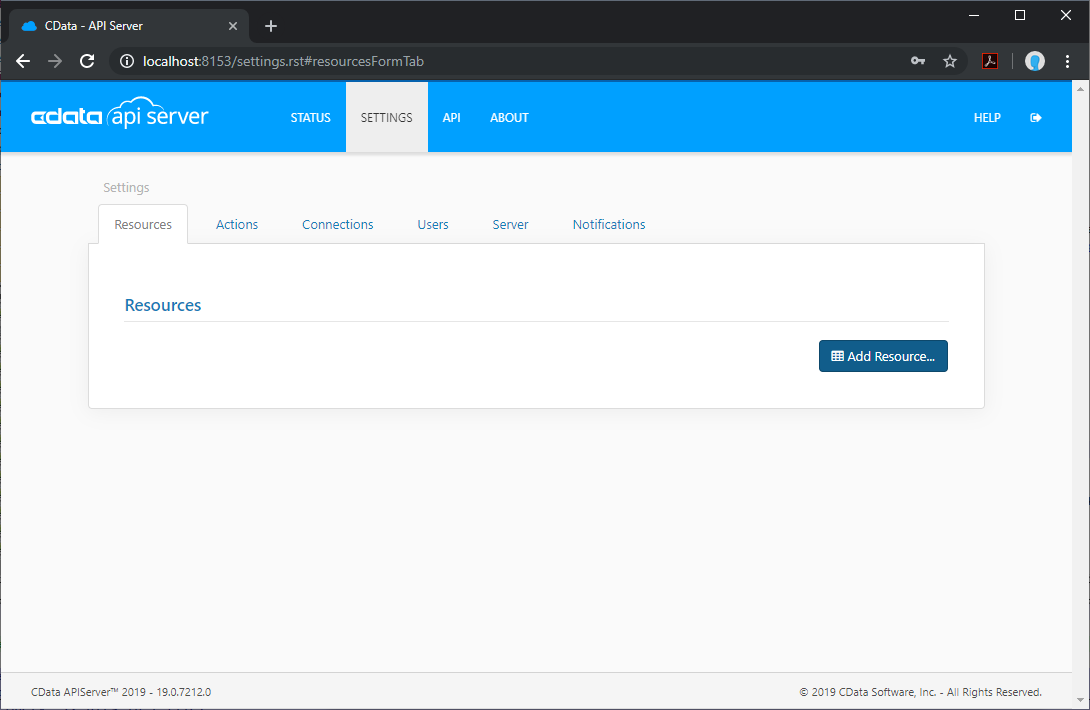
- Select the Google Sheets connection
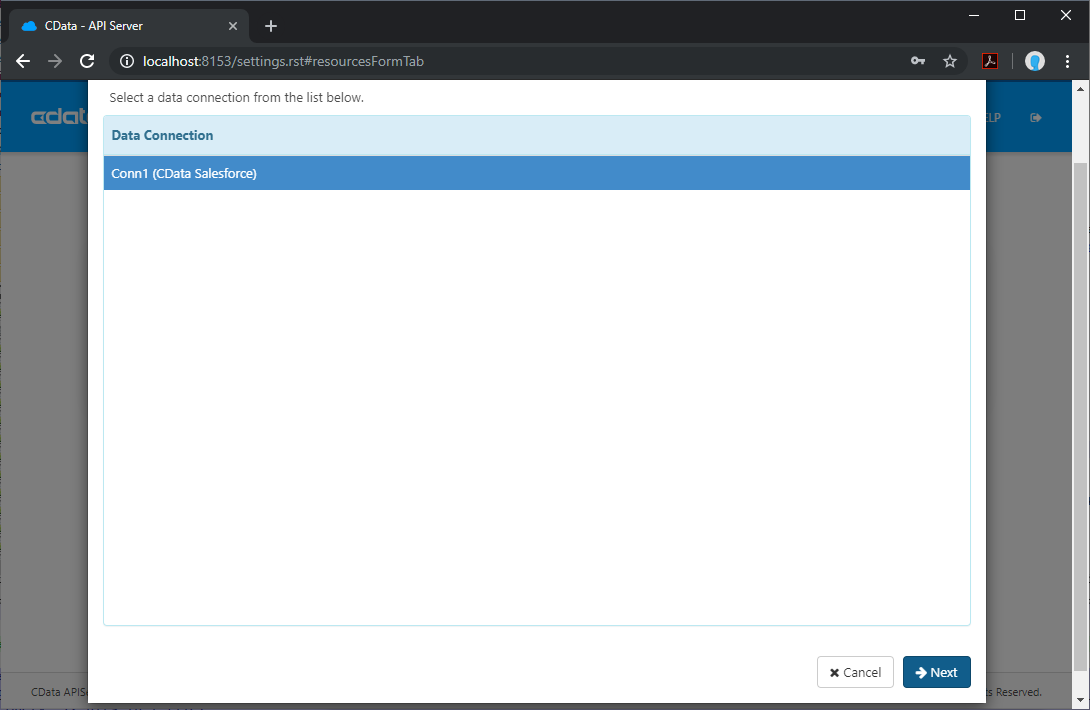
- Select the table you wish to retrieve and click Next
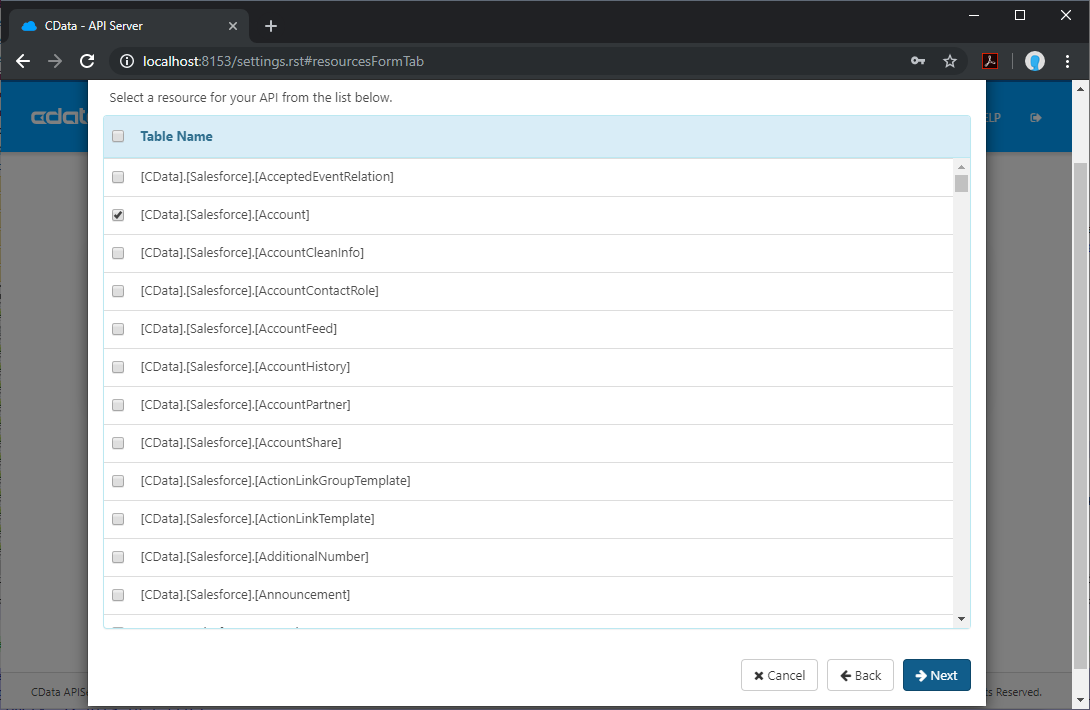
- (Optional) Edit the resource to select specific fields and more
- Save the settings
Add an API Server User
Create a User to connect to Google Sheets from Reveal through API Server.
- Click Settings -> Users
- Click Add
- Configure a User with access to the Google Sheets Connection and Resource(s)

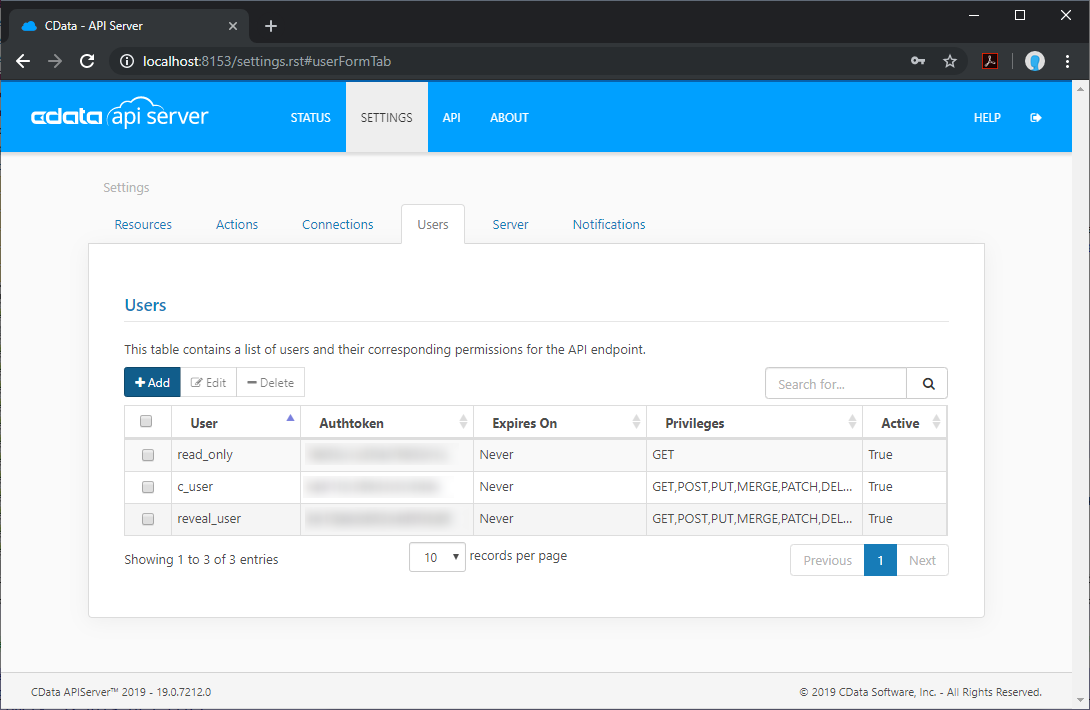
(Optional) Configure Cross-Origin Resource Sharing (CORS)
When accessing and connecting to multiple different domains from an application such as Ajax, there is a possibility of violating the limitations of cross-site scripting. In that case, configure the CORS settings in Settings -> Server.
- Enable cross-origin resource sharing (CORS): ON
- Allow all domains without '*': ON
- Access-Control-Allow-Methods: GET, PUT, POST, OPTIONS
- Access-Control-Allow-Headers: Authorization
Save the changes to the settings.
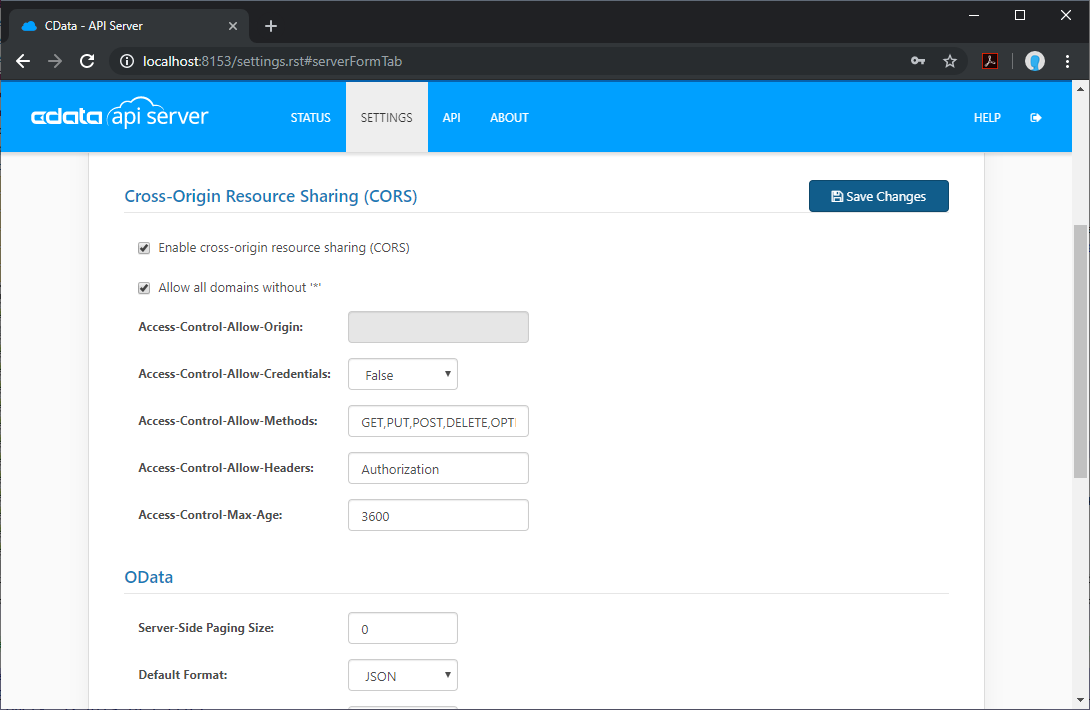
Create a Dashboard in Reveal
With the API Server configured, we can visualize Google Sheets data in Reveal.
- Log into Reveal and click Dashboards -> New
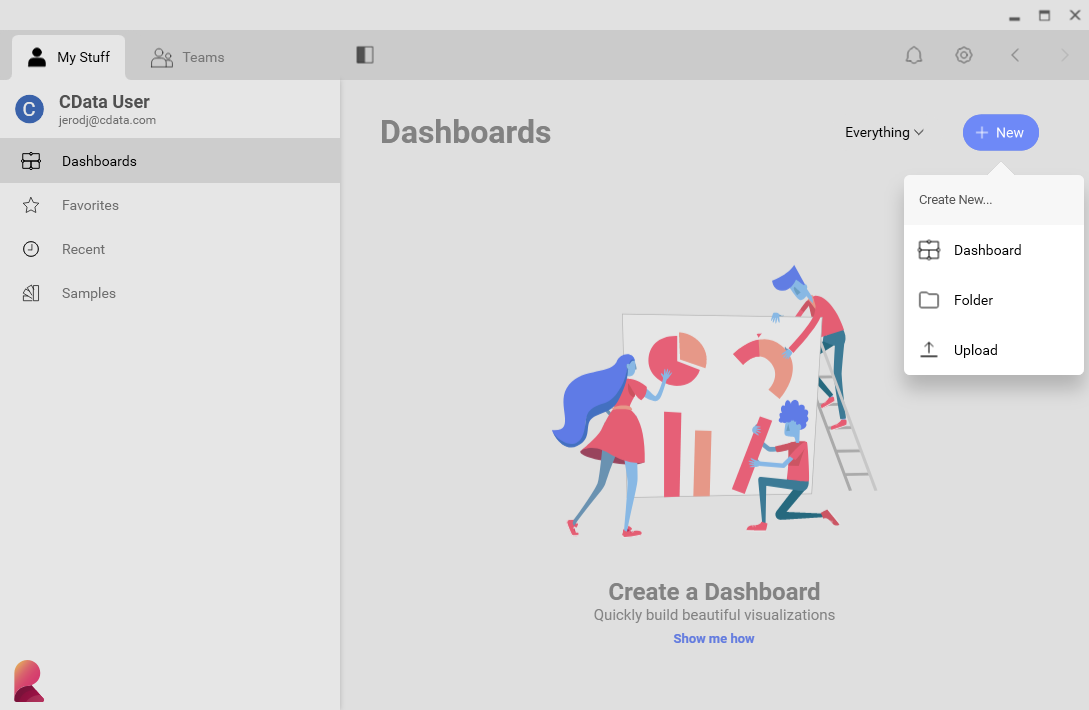
- Click Data Source -> OData Feed

- Specify the API Server API endpoint URL, for example: https://serverurl/api.rsc
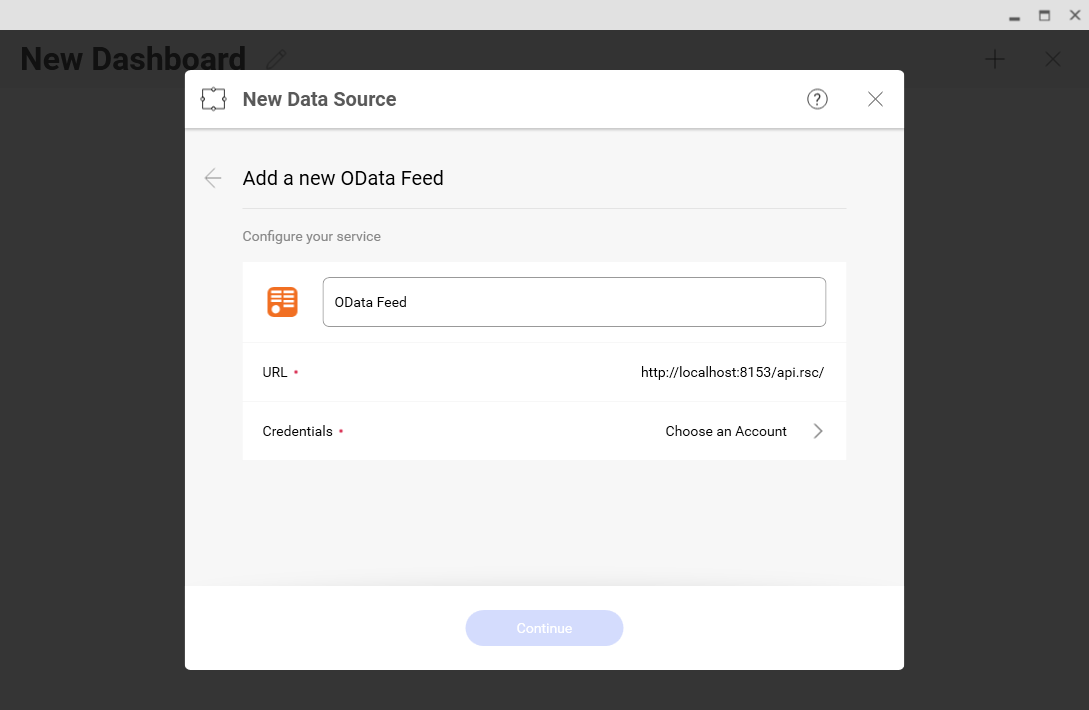
- Select Generic Credentials and specify the API Server username and authentication token
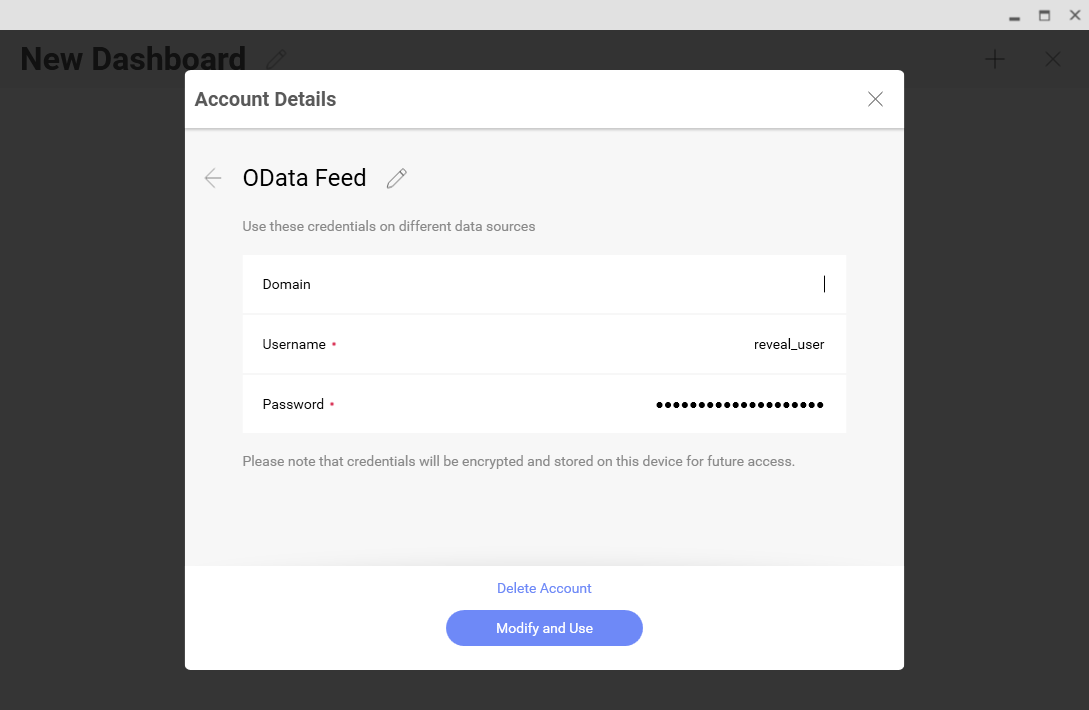
- Select the entity you wish to visualize
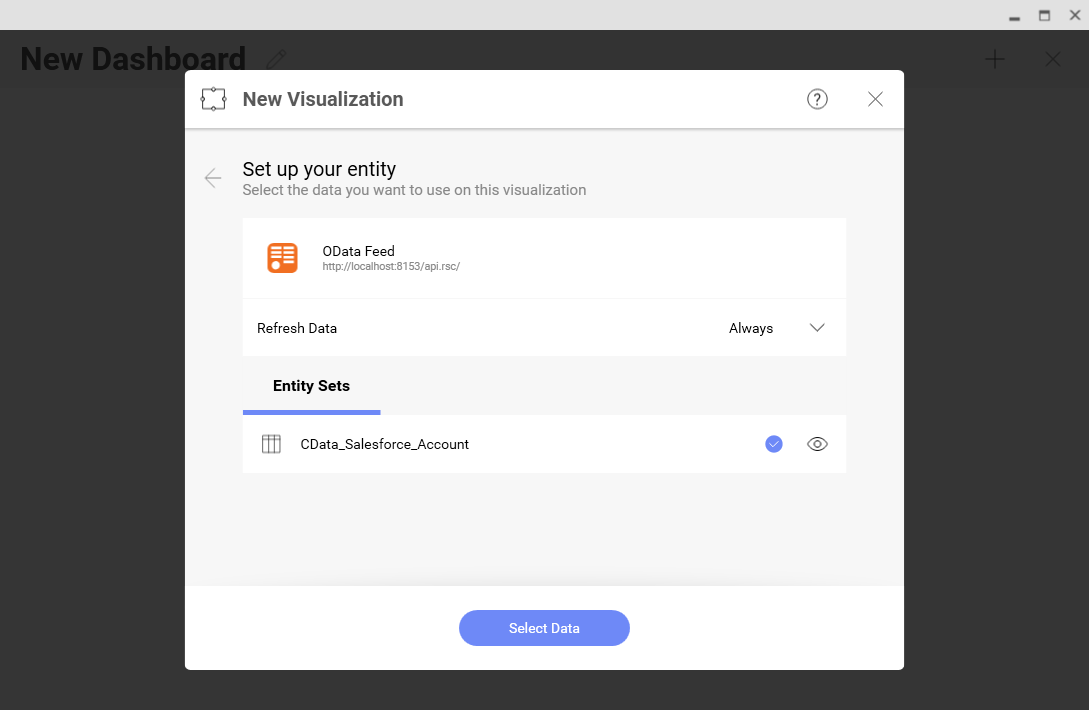
- Select fields and choose a chart type
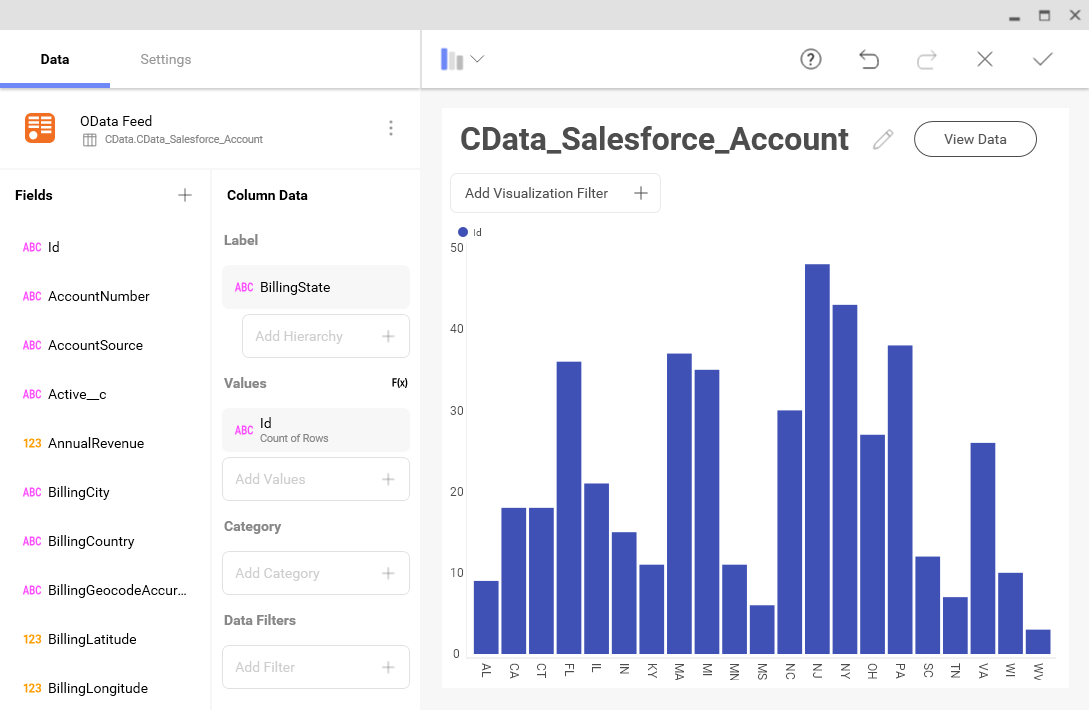
More Information & Free Trial
At this point, you have created a simple dashboard from live Google Sheets data. For more information on creating OData feeds from Google Sheets (and more than 150 other sources), visit the API Server page. Download a free, 30-day trial and start working live Google Sheets data in tools that consume OData APIs.
